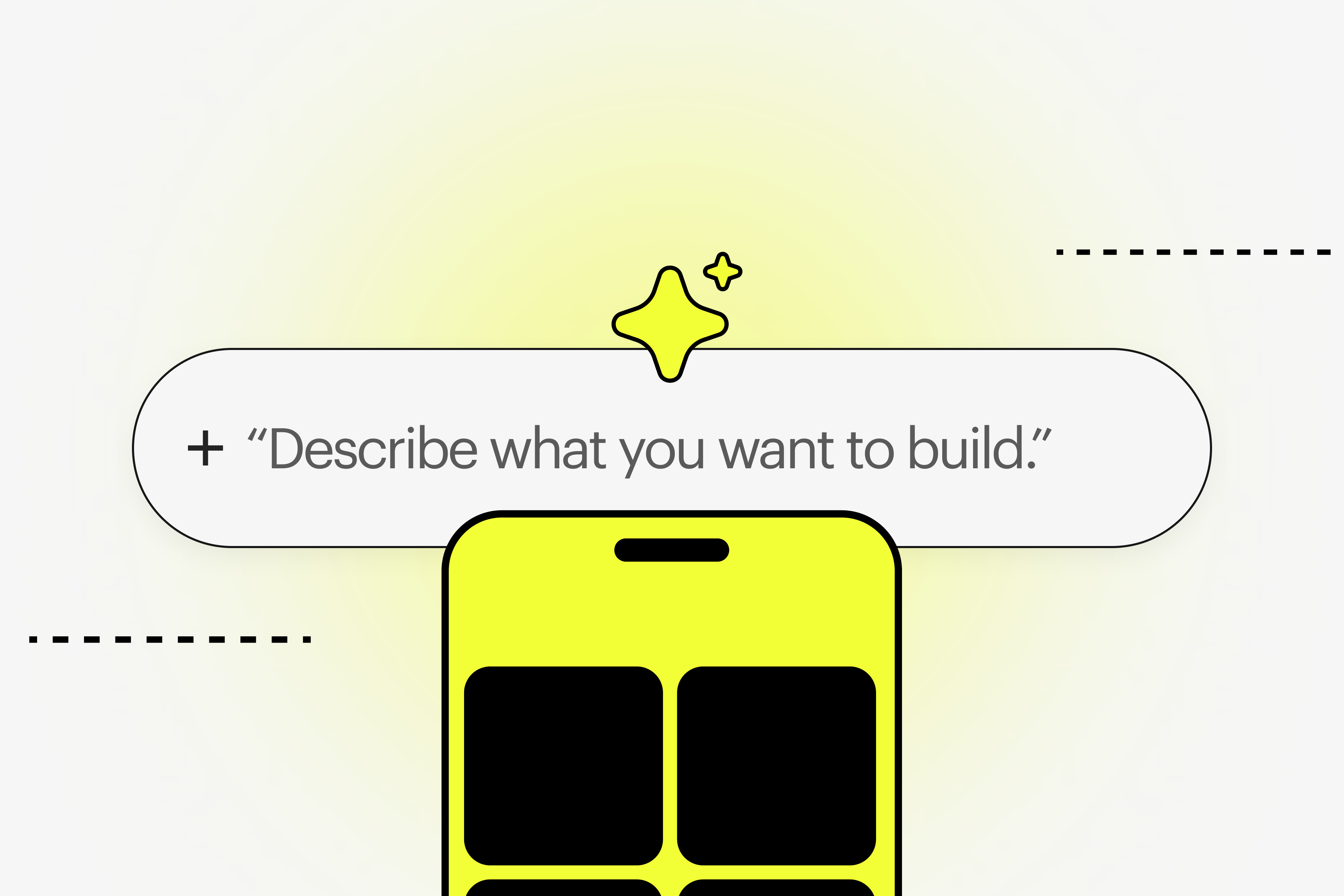1. Avoid unnecessary apologies
It's common for new salespeople to apologize excessively during the sales process.
Apologizing when there's no reason to can undermine your confidence, skill, and reliability. This creates a negative impression on the client. You don't want to give the impression that you make mistakes all the time.
These are the most common examples of unnecessary apologies — "I apologize for the delayed response" and "Sorry I'm late..."
These two apologies are so often used that they become a natural habit of the apologizer.
Only apologize when you've broken a promise, missed a scheduled meeting or deadline, or failed to deliver on a specific functionality that you've promised. If you messed up, apologize.
Avoid apologizing for actions that are generally acceptable in business, such as a delayed response or being a few minutes late for a meeting. Excessive and unnecessary apology puts you in the spotlight of mistakes, which are not mistakes to begin with it.
When you're late for a meeting, it's better to skip the apologies and start with a positive comment to set the tone for the conversation.
2. Match the lead's tone and speaking style
To better connect with your lead, try to match their tone and speaking style.
- If they speak loudly and excitedly, match their energy level.
- If they are quiet and relaxed, adjust your speaking style accordingly.
- If they are making jokes and constantly smiling, try to mirror that enthusiasm.
- If they have a serious and focused demeanor, try to match their energy and present a similar level of seriousness.
Matching your lead's style doesn't mean you are being dishonest or lacking genuineness.
Instead, it shows that you're paying attention to their communication style and making an effort to relate to them. People tend to like and work better with people who are similar to them. Adjusting your style can help build a strong bond, which is an end goal for any client-contractor relationship.
This mentality can be adopted with email responses by matching a lead's writing style. For example, if a lead says, "Hi Joe," to intro their message, respond with "Hi Michelle" to answer them. If the lead says "Hey Joe" to intro their message, respond "Hey Michelle."
3. Ask questions that encourage positive answers
"Yes" is a beautiful word.
"Yes" is an agreement word. "No" is a disagreement word.
Ask your lead questions that can be answered with a positive "Yes."
This approach confirms their goals, problems, and solutions, as well as demonstrates that you understand their needs.
Asking questions that encourage "Yes" answers can create a positive impression and build trust with your lead. It shows that you're engaged and focused on their needs, and can help you move closer to securing the project proposal.
For example:
- Is updating your current website a challenge?
- To confirm, you want to reduce the amount of time it takes to update your website?
- You want your developers off of the marketing site. Do you want your marketing team to manage the website?
The lead will think, "Wow, this person really understands the project."
Using "Yes" in your conversations with leads can help build momentum towards your ultimate goal of securing a "Yes" for the project contract.


























